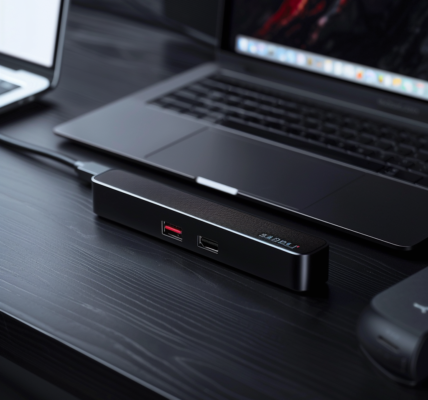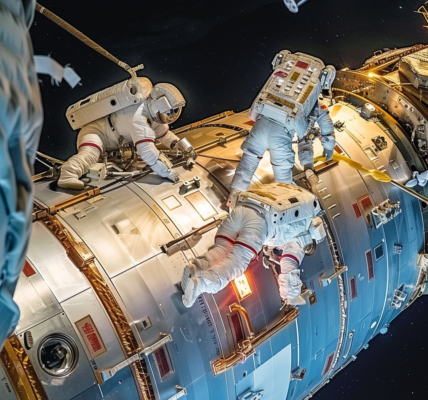In the ever-evolving landscape of smartphones, the Samsung Galaxy Z Fold series has emerged as a significant player, particularly in the foldable phone market. As a long-time user of this innovative series, I have found that Samsung’s trade-in values have played a crucial role in my continued loyalty to the brand.
When I first entered the foldable phone arena with the Galaxy Z Fold 2, I was initially taken aback by the price tag, which approached $2,000. However, the excitement of owning such cutting-edge technology made the investment worthwhile. I traded in my Galaxy S20+, which significantly offset the cost, and I was thrilled with the performance and capabilities of the Fold 2. It quickly became one of my favorite devices.
As the technology advanced, I eagerly upgraded to the Galaxy Z Fold 3 a year later. Once again, Samsung’s trade-in program proved beneficial, allowing me to trade in my Fold 2 for a generous $900 discount on the new device. This brought the price down to just over $800, a fantastic deal for accessing the latest advancements in foldable technology.
Continuing this trend, I upgraded to the Galaxy Z Fold 4, trading in my Fold 3. At that point, I felt the necessity to upgrade, as my Fold 3 was showing signs of wear and tear. The trade-in process once again made this leap more financially feasible, allowing me to acquire the Fold 4 for around $799.
Fast forward to the present day, and I am still utilizing the Galaxy Z Fold 4. The introduction of the Galaxy Z Fold 5 did not compel me to upgrade, primarily due to the incremental nature of the improvements and a slight dip in Samsung’s trade-in values. However, with the anticipation of the Galaxy Z Fold 6, the trade-in values have seen a resurgence, making the prospect of upgrading more appealing.
One of the key reasons I remain invested in the Galaxy Z Fold series is the trade-in program’s substantial offers. The thought of purchasing a new device priced close to $2,000 every couple of years seems excessive. However, Samsung’s willingness to provide trade-in values exceeding $1,000 makes the idea of upgrading much more enticing.
Despite my satisfaction with the Galaxy Z Fold series, I am aware that other foldable devices may better suit my needs. For instance, the Google Pixel Fold offers exceptional software and camera capabilities that align with my preferences. Meanwhile, the OnePlus Open is often regarded as superior in terms of hardware, camera quality, and software performance.
However, the financial implications of switching to either of these brands are daunting. Investing in either the Pixel or OnePlus foldable would mean facing a significant cost when it comes time to upgrade. While it’s still uncertain how these brands will handle trade-in values for future models, early indications from past launches suggest they may not be as generous as Samsung. For example, when the Pixel 8 was released, Google offered Pixel 7 users a maximum trade-in value of only $420. Similarly, OnePlus has capped trade-in values at $400 for upgrades from the 11 to the 12.
Given these considerations, the trade-in value proposition from Samsung remains a compelling reason to continue using their foldable devices. As I look forward to the Galaxy Z Fold 6, I find myself reassessing the value of my investment in the Galaxy Z Fold series, weighing the benefits of trade-in offers against the allure of competing devices.
In conclusion, Samsung’s robust trade-in program has significantly influenced my decision to stick with the Galaxy Z Fold lineup. While other foldable phones may offer appealing features, the financial viability of upgrading within the Samsung ecosystem has kept me firmly in the foldable camp. As the market continues to evolve, it will be interesting to see how trade-in values and customer loyalty play out in the coming years.





